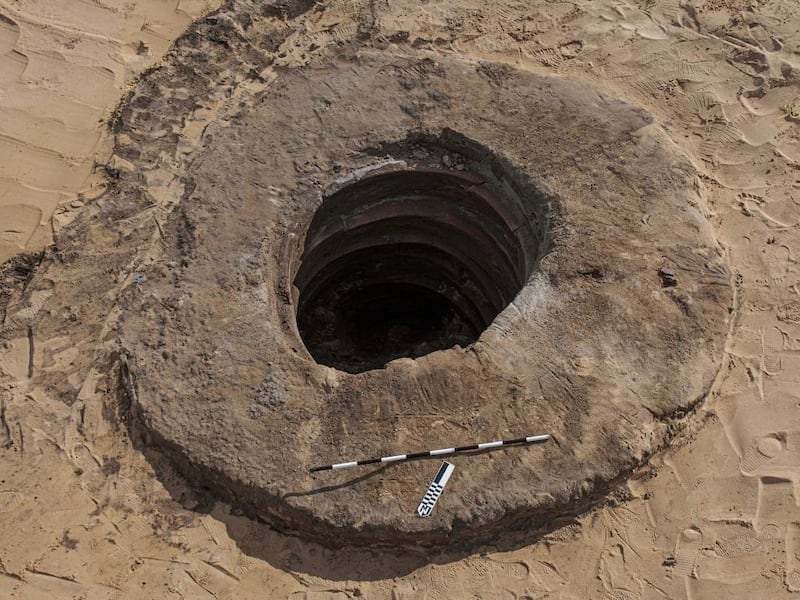An Egyptian archaeological mission working in the Tell El Kedwa region of North Sinai has discovered five water wells believed to be from the 13th century BC.
The Egyptian Antiquities Ministry said that wells were built before the reign of Seti I (1292-1190BC), but it did not give an exact date.
They are believed to have been a part of the expansive Horus Military Road, an ancient route that was used by pharaohs, the ministry said.
The wells were found outside the walls of the Tell El Kedwa fortress, one of several massive strongholds found in the area, which were used as military control points to protect Egypt’s eastern frontier and guard access to its northern regions.
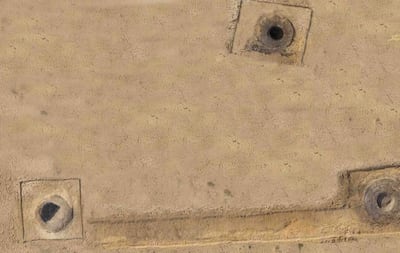
The mission’s leader, Ramadan Helmy, said that four of the discovered wells were reportedly filled with sand to prevent the Persian army, which invaded Egypt in 525BC, from obtaining water.
The fifth well, which was unfilled, was a little more than three metres deep, the ministry’s said.
Inside it, the mission found 13 pottery rings and several clay pots dating back to the 26th dynasty of ancient Egypt (664–525BC), also known as the Saite period.
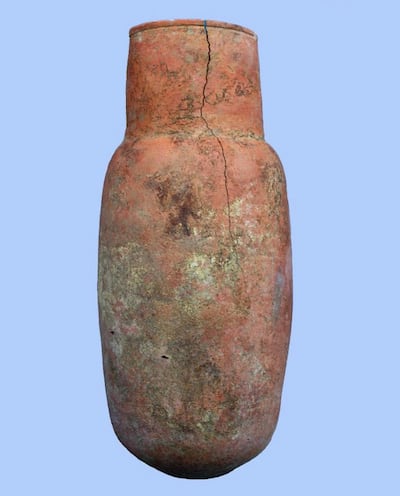
The fifth well was built in a haphazard manner, which was incongruent with the style of that period, Mr Helmy said.
The ministry said the mission’s excavations were part of a larger national project to develop the province of North Sinai, which contains prominent pharaonic sites that will soon be open to tourists.
Another archaeological team operating at the nearby Tell El Kedwa fortress discovered a large storage centre dating to the Saite period.
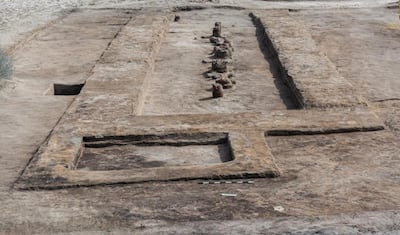
Inside the large chamber, the mission found a pile of clay pots. And within the walls of the fortress, the mission found the remains of kilns, also from the Saite period.
The kilns are were part of a large copper-smelting workshop, the ministry’s said. Copper shards were also found near the kilns.
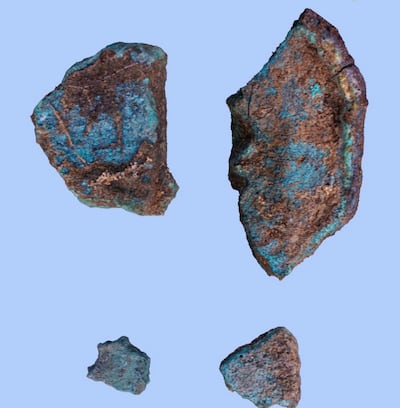
The Horus Military Route was used during the old, middle and new kingdoms of ancient Egypt and was depicted in inscriptions at some of Egypt's other prominent archaeological sites, including Luxor's Karnak Temple.
At its peak, the route measured 220 kilometres and connected Egypt to Palestine.
